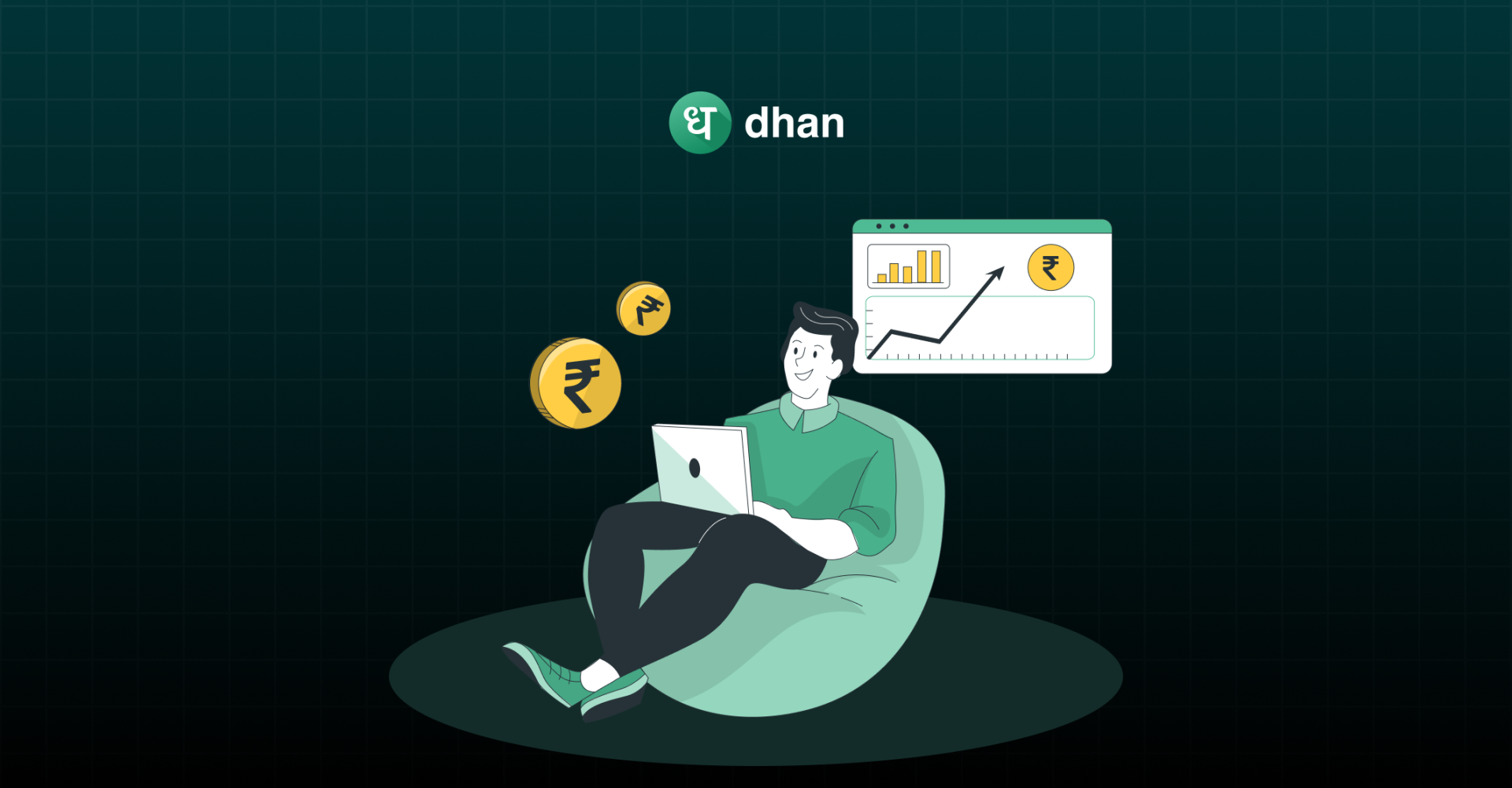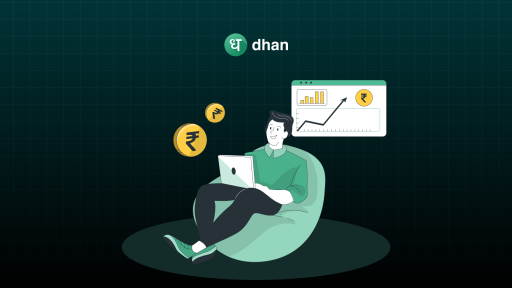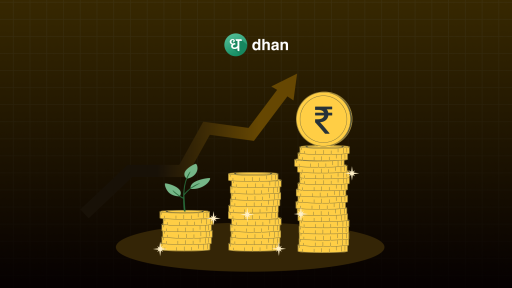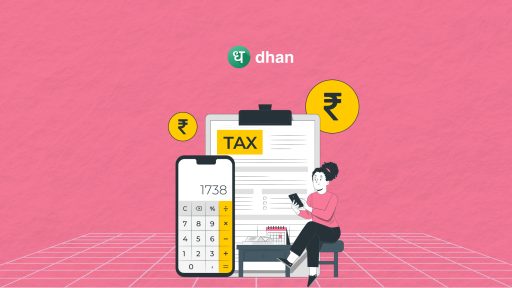Debt can be a heavy weight on your shoulders, impacting not just your finances but also your mental well-being. Whether it’s credit card bills, student loans, or unexpected medical expenses, navigating the world of debt can often feel daunting.
The good news is that you’re not alone, and there are proven strategies to help you manage and reduce your debt effectively.
If you are looking to build wealth for yourself, the first step for you is to reduce your debt. In this post, we’ll discuss effective strategies for managing your debt and setting the stage for a more secure financial future.
Understanding Your Debt
To understand how to reduce debt, you should understand the types of debts.
Debt for Essentials
This debt is generally considered to be debt that you take for major milestones in your life. Examples include:
- Mortgage
- Student loans
- Business loans
- Home improvement loans
These kinds of debt typically feature lower interest rates and may offer interest that is tax-deductible.
Debt that May Not Be Essential
This debt typically doesn’t provide long-term value and often comes with high interest rates. Examples include:
- Credit card balances
- Payday loans
- Auto loans for luxury vehicles
- High-interest personal loans for non-essential items.
Also read: 10 Questions About Money You Need to Ask
How to Reduce Debt?
Let’s explore how you can reduce debt and achieve financial freedom.
1. Prioritize Your Debt Payments
The next step is to decide which debts to tackle first.
- Debt Avalanche: This strategy focuses on paying off debts with the highest interest rates first while making minimum payments on your other debts.
- Debt Snowball: Start by paying off the smallest debt first, then move to the next smallest. This method provides quick wins and can be motivating.
- Debt Tsunami: Prioritize debts based on their emotional impact. Pay off debts that cause the most stress or anxiety first.
- Hybrid Approach: Combine elements of different strategies to create a personalized plan that works for you. A Hybrid Approach might involve:
- Applying the Debt Snowball technique for smaller balances
- Consolidating some debts for easier management
- Negotiating with creditors for better terms
- Implementing both income-boosting and expense-reduction strategies
Select the approach that best matches your financial objectives and personal characteristics.
2. Consider Debt Consolidation
Debt consolidation can be a helpful tool in your journey to reduce debt. This involves taking out a new loan to pay off multiple existing debts, potentially at a lower interest rate. This can make your payments easier and possibly reduce your interest costs.
Drawbacks:
- May result in a longer loan term
- Could pay more in total interest over the life of the loan
- Requires discipline to avoid accumulating new debt
3. Increasing your Income Sources
To reduce your debts, you need to work harder to pay it off and one of the best ways to do so is to earn extra cash. You can do this by:
- Sell stuff you don’t need
- Pick up a side gig
- Ask for a raise
- Freelance in your spare time
- Rent your apartment on Airbnb
There are various side hostels that you can undertake to increase your income. Also, it is good to create a budget and stick to it to avoid overspending the additional income.
Also, it’s crucial to avoid taking on new debt. Cut up credit cards if necessary, and focus on living within your means. Remember, every rupee not spent is a rupee that can go towards debt reduction.
4. Reassess Your Living Situation
If you’re serious about finding ways to reduce debt, consider whether your current living situation is sustainable. This includes:
Downsizing to a Smaller Home or Apartment
Benefits: Lower rent/mortgage, reduced utility costs, less maintenance
Drawbacks: Less living space, potential moving costs, emotional adjustment
Moving to a Less Expensive Area
Benefits: Lower overall cost of living, potentially better financial opportunities
Drawbacks: Leaving familiar surroundings, possible job change, impact on social connections
Finding a Roommate to Share Expenses
Benefits: Significantly reduced housing costs, shared utility bills
Drawbacks: Less privacy, potential personality conflicts, shared living space
5. Stay Motivated
Reducing debt takes time and discipline. To stay motivated:
- Celebrate small victories along the way
- Visualize your debt-free future
- Track your progress regularly
- Use debt reduction apps or spreadsheets to monitor your journey
Remember, learning how to reduce debt is a process, and setbacks can happen. Stay focused on your long-term goal of financial freedom.
6. Build an Emergency Fund
While focusing on debt repayment, try to set aside a small emergency fund. This can help prevent you from accumulating new debt when unexpected expenses arise. Consider these tips:
- Start small. Even INR 500-INR 1000 can make a difference
- Aim to build 6-12 months of living expenses eventually
- Keep the fund in a separate, easily accessible savings account
- Use the fund only for true emergencies, not regular expenses
- Replenish the fund as soon as possible after using it
- Automate small, regular contributions to build the fund gradually
Conclusion
Remember, learning how to reduce debt is just the first step towards financial freedom. As you make progress, you’ll find yourself with more financial flexibility and less stress. Keep your eyes on the prize – a debt-free future where you have control over your finances.
By following these strategies and staying committed to your goal, you can successfully reduce your debt and take a giant leap towards financial freedom. It may not always be easy, but the peace of mind and financial security of debt-free is worth every effort.
Read more about personal finance here.




